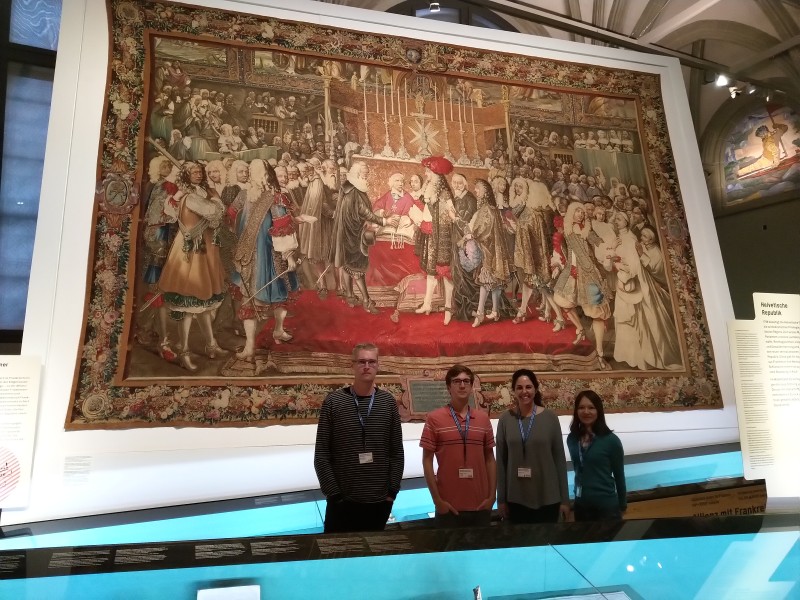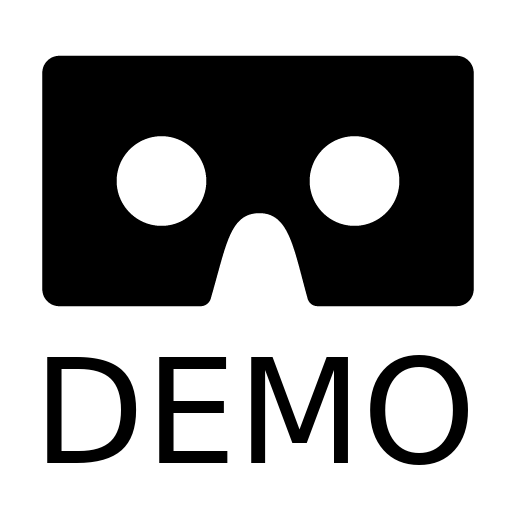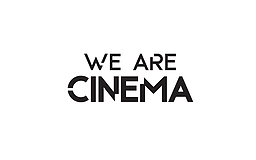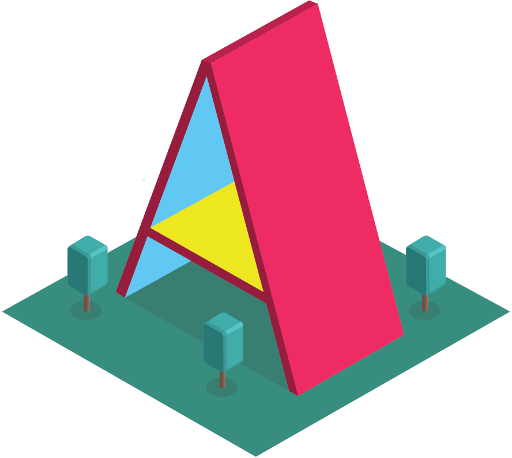we-art-o-nauts.github.io
A functional and easy-to-use prototype for exploring open and curated cultural data with virtual reality in a museum setting, providing a modern, fun and intriguing visitor experience.
We propose setting up a VR viewer device close to museum objects, which is used to access detailed views and interesting facts in a 360° timeline with voiceovers and imagery. Focusing on one art piece, we collect data about its history, inception, and conservation efforts to present day, and implement a concept and process that anyone could easily reuse for any art object in any museum.
Demo
Have a look at our hackathon demo based on the Allianzteppich currently displayed at the Swiss National Museum.
Works well in modern browsers and mobile phones, supports Google Cardboard and other WebVR devices.
How does it work?
Anyone interested in creating such experience in an exhibition with open and curated data can use this! Not only are the technologies behind our process 100% open source, but we have implemented this based on the Timeline.js data standard supported by the Knight Foundation, to extend the popular 2D web timelines with these 3D editions. Visit our source code’s README for more information.
Process
The Allianzteppich (nationalmuseum.ch) is a prominent (huge!) tapestry of great historical importance in the permanent collection of the Swiss National Museum.
At the 2018 Open Cultural Data Hackathon we received curated data from the museum catalogue, and further researched information online and in the museum library to create a timeline of events surrounding its creation and history. In particular, Der Allianzteppich und die Fragen von Selbstdarstellung, Repräsentation und Rezeption by Sigrid Pallmert, and the Wikipedia entry on Bildwirkerei was of use to us. Thanks to Dominik Sievi, Loïc Jaouen and other fellow GLAMhackers for help with queries and concept.
Looking through a number of approaches to enhancing exhibitions with VR tech, and testing existing installations at the National Museums, led us to brainstorm at length the possibilities and contingencies in this field. We went past many flashy and mind-bogglingly cool ideas to settle on something that could definitely add value to the exhibit, was possible to develop and implement at low cost, and had the potential for wow-factor.
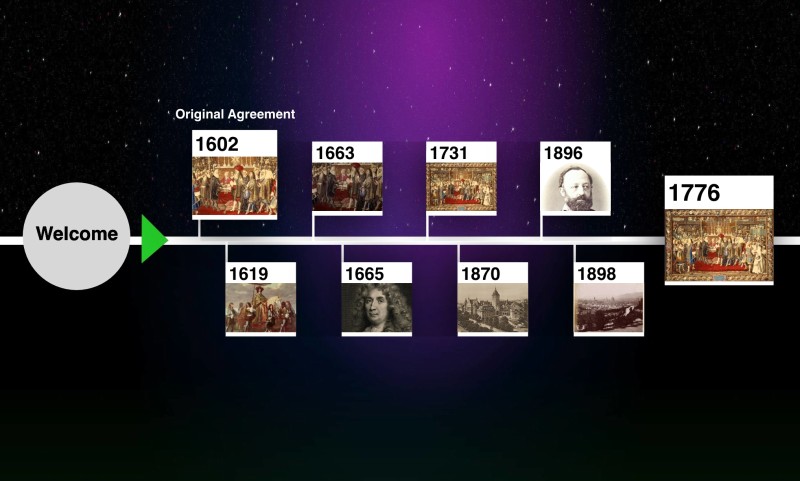
Concept by Marina Pardini
Technology
Courtesy of We Are Cinema, the first VR cinema in Switzerland, we were able to use several Gear VR headsets with the Oculus browser for brainstorming ideas and testing our application at the Hackathon.
The Timeline.js was instrumental to our concept, providing a simple open schema for collecting information about historical timelines that we used to collect and display information to our viewers.
We used this “powerful, in-browser CSV parser for big boys and girls” to work with data from the Timeline.js-formatted spreadsheet that we shared with our team using Google Sheets.
For rendering voiceovers using text-to-speech, we used this lightweight HTML5 library and API from LearnBrite.
Our secret weapon is this superawesome toolkit for building Virtual Reality experiences using Web standards. Easy enough for non-coders to understand and get started with, flexible enough to be used as the basis for blockbuster productions, we think A-Frame is just about the llama’s pyjamas.
An Open Source project
Started at #GLAMHack 2018
The A-Team
- Marina Pardini (UX designer)
- Kamontat Chantrachirathumrong (Developer)
- Xia Willuhn (Developer)
- Oleg Lavrovsky (Developer)
- Birk Weiberg (Expert)
Please contact us using GitHub Issues or the Opendata.ch Slack (#weartonauts)
